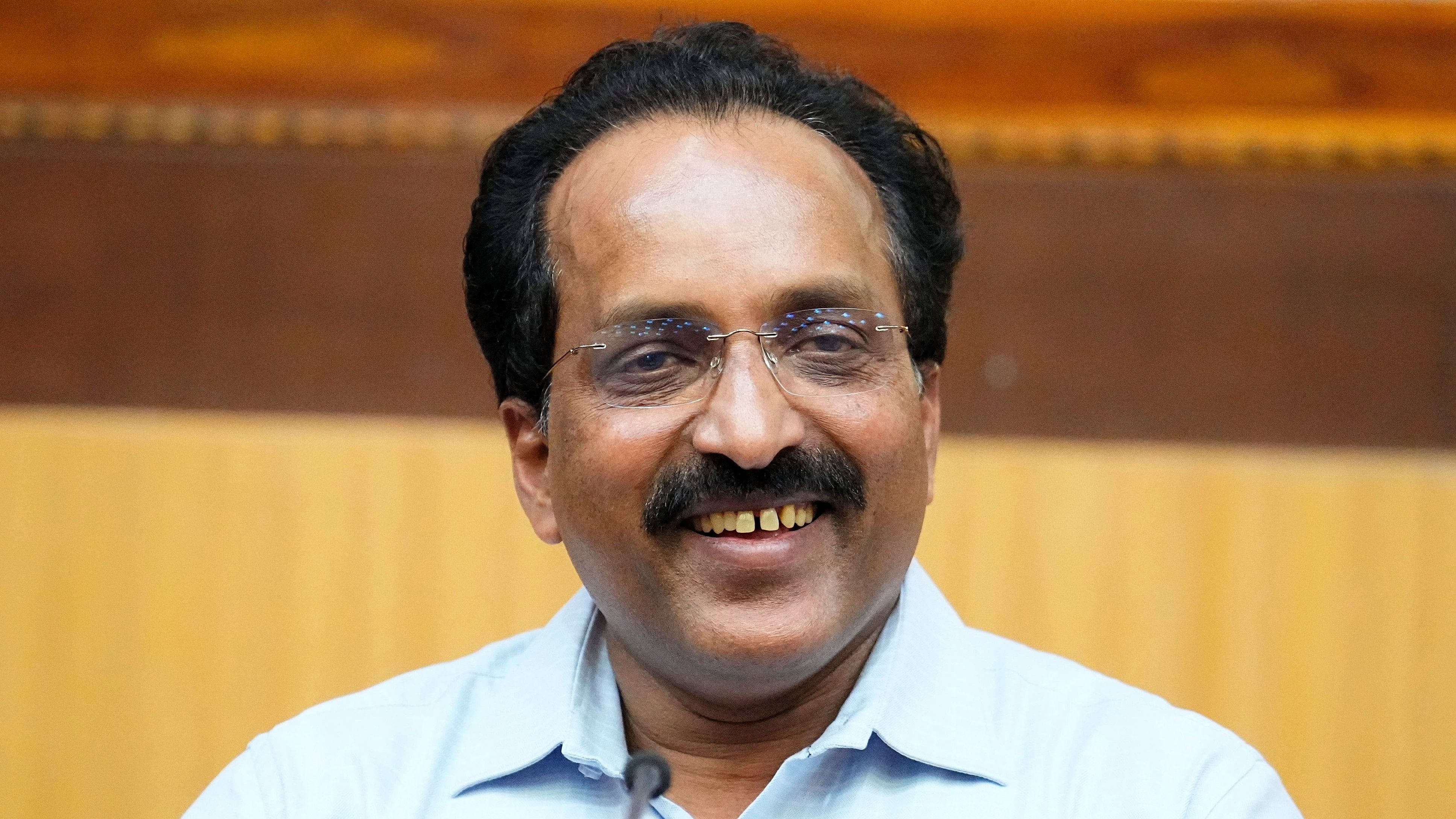
ISRO Chairman S Somanath
Credit: PTI Photo
New Delhi: The Indian Space Research Organisation would soon be seeking the Union Government’s approval for Chandrayaan-4 and 5 missions as designs for both spacecrafts are ready, ISRO chairman S Somanath said here on Tuesday, noting that the space agency plans to launch 50-70 satellites over the next five years.
"We have a series of missions to go to the moon. Chandrayaan-3 is over. Now, design for Chandrayaan-4 and 5 has been completed and we are seeking approval of the government," Somanath told reporters on the sidelines of an event organised by the All India Council for Technical Education and Indian Space Association.
The Chandrayaan-4 mission – planned around 2027-28 - includes bringing back moon rocks and soil to earth after a soft landing on the lunar surface.
For getting the samples back to the earth, the mission will involve launching a spacecraft from the lunar surface and docking of the spacecraft with the return probe in the lunar orbit. This first step for the mission is expected to be taken this year with ISRO’s maiden space docking experiment.
The ISRO plans to execute the SPADEX (space docking experiment) mission by November-December this year to demonstrate its ability to conduct such a complex space voyage.
Somanath said over the next five years the ISRO plans to launch around 50-70 satellites including four satellites for the NAVIC system, INSAT-4D satellite and new series of Resourcesat, Cartosat and Oceansat satellites for remote sensing and imaging applications. In addition, there will be low earth orbit satellites suiting the needs of various ministries.
The new Oceansat series will have two technology demonstration satellites to demonstrate electric propulsion systems, and quantum key distribution technologies.
On the successful SSLV launch the ISRO chief said more than 10 companies and consortia showed interest in manufacturing the Small Satellite Launch Vehicle. The winning companies will have to successfully make and launch two rockets in partnership with the ISRO before the private companies would be allowed to manufacture rockets on their own.
"It is not just manufacturing technology that we are transferring. We are also transferring the knowledge on how things are done. They need to come inside ISRO and work with us and learn the techniques. We are teaching them how to build the rocket. There will be a technology transfer fee that they will have to pay,” Somanath said.
After the third development flight of the SSLV on August 16, the ISRO chief announced that the development of the launch vehicle was complete and the rocket was ready to be transferred to the industry for mass production.
